By Film Noir Blonde and Mike Wilmington
The Film Noir File is FNB’s guide to classic film noir, neo-noir and pre-noir on Turner Classic Movies (TCM). All movies below are from the schedule of TCM, which broadcasts them uncut and uninterrupted. The times are Eastern Standard and (Pacific Standard).
Pick of the Week
A Dark Day with Edgar G. Ulmer
The French call him an auteur. The Americans call him The King of Poverty Row. And no cultish filmmaker of the classic Hollywood era, not even the infamous Ed Wood, Jr., has a stranger, more offbeat, more off-the-wall filmography than Edgar G. Ulmer. He’s the man who made “The Black Cat,” “Bluebeard” and “The Strange Woman” as well as a picture shot for a song that eventually made it into the U. S. National Film Registry, that legendary 1945 no-exit low-budget classic of fate, despair and sudden death, “Detour.”
Ulmer, born in Olmutz, Moravia, Austria-Hungary in 1904, started his career in Germany, in the heyday of German Expressionism, working, he claimed (some dispute it), on classics such as “Metropolis,” and “The Last Laugh” for film geniuses like Fritz Lang and F. W. Murnau. He received his first directorial credit on “People on Sunday,” with fellow filmmakers Robert Siodmak, Billy Wilder and Fred Zinnemann.
While Wilder and the others became A-list directors and even Oscar-winners in Hollywood, Ulmer was exiled to “Poverty Row.” There he labored for the rest of his career on an amazing potpourri of low-budget titles, including westerns, film noir and science fiction.
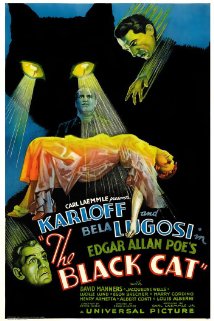 The reason: While he was directing the 1934 horror hit, “The Black Cat” starring Boris Karloff and Bela Lugosi, Ulmer made the mistake of having an affair with his producer’s wife, Shirley Alexander. Shirley later divorced her husband Max, married Ulmer and worked beside him, as script supervisor or scenarist, from then on.
The reason: While he was directing the 1934 horror hit, “The Black Cat” starring Boris Karloff and Bela Lugosi, Ulmer made the mistake of having an affair with his producer’s wife, Shirley Alexander. Shirley later divorced her husband Max, married Ulmer and worked beside him, as script supervisor or scenarist, from then on.
Ulmer’s Hollywood career lasted from the early ’30s to the mid ’60s, largely because he doesn’t seem to have ever turned down a script. He shot on bare-bones sets, with actors usually (though not always) on the B or C or D lists, from scripts for which the adjective “clichéd” would be a compliment. And though his movies may have been shot for peanuts, in his hands, they often looked like caviar.
A healthy percentage of Ulmer’s movies were film noir – or close to film noir. They took place in a world of fear and darkness, sometimes because the characters were swallowed up in impending doom, and sometimes, one suspects, because the electricity bill hadn’t been paid. Whatever the job though, Ulmer was one of the real masters of the noir form and style.
And why shouldn’t he be? His whole life and career, in a way, were film noirs – dark stories of infidelity, betrayal, paranoia and persecution, enacted in an Ulmerworld that was lost in shadows of menace and dread.
Ulmer died in 1972, but he lived to see his work revived and his name made famous – cultishly famous, it’s true, but renowned nonetheless. He and Shirley are buried near each other. And they now have Ulmerfests near his Austrian-Hungarian birthplace.
Here is your own Ulmerfest from TCM. So, take the detour. You won’t find cheaper, better, crazier, more cultish, shadowy, mesmerizing (or should we say “Ulmerizing“) Poverty Row classics anywhere.
The Ulmerfilmen (Tuesday, Oct. 21)
8 p.m. (5 p.m.): “Her Sister’s Secret” (1946, Edgar Ulmer). A weepy soaper, starring Nancy Coleman and Margaret Lindsay as sisters with a secret (an illegitimate child). Not quite in Douglas Sirk’s class, but better than most cheapo tear-jerkers.
9:15 p.m. (6:15 p.m.): “Edgar G. Ulmer – The Man Off-Screen” (2004, Michael Palm). A 2004 Ulmer documentary. Interviewees include Peter Bogdanovich and Roger Corman. Also shown at 5 a.m. (2 a.m.) on Wednesday, Oct. 22.
10:45 p.m. (7:45 p.m.): “Carnegie Hall” (1947, Edgar Ulmer). Marsha Hunt is a faithful Carnegie Hall music lover determined that her son (William Prince) will be a great classical pianist. While she drives him onward and upward, director Ulmer – a classical music buff of the first degree – beautifully stages and photographs some incredible performances by such legendary classical virtuosi as pianist Artur Rubinstein, violinist Jascha Heifetz, cellist Gregor Piatagorsky, conductors Leopold Stokowski and Fritz Reiner (Ulmer’s personal friend and the godfather of his daughter), opera singers Lily Pons, Ezio Pinza and Rise Stevens, and, for variation, pop music stars Harry James and Vaughn Monroe.
Few musical movies have ever boasted a lineup like that – and this movie probably had a special place in music-lover Ulmer’s heart.
1:15 a.m. (10:15 p.m.): “Murder is My Beat” (1955, Edgar Ulmer). Two cops chase a killer. One of Ulmer’s pure noirs. With Paul Langton, Robert Shayne and Barbara Payton.
2:45 a.m. (11:45 p.m.): “Detour” (1945, Edgar Ulmer). With Tom Neal, Ann Savage and Esther Howard. Read the full review here.
4 a.m. (1 a.m.): “The Amazing Transparent Man” (1960, Edgar Ulmer). A gangster and a mad scientist with an invisibility formula team up for a crime wave. There is no truth to the rumor that the producer told Ulmer to make the entire cast invisible to save on salaries. With Marguerite Chapman and Douglas Kennedy.
Saturday, Oct. 18
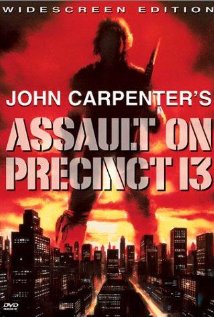 2:30 a.m. (11:30 p.m.): “Assault on Precinct 13” (1976, John Carpenter). Trapped in a local Los Angeles precinct station and lock-up, with communication cut off and a gang of vicious delinquents and criminals besieging them from outside, a group of cops and convicts try to make it through the night. Director-writer John Carpenter, inspired by one of his favorite movies (the 1959 Howard Hawks Western “Rio Bravo”) gives us one of the quintessential entrapment thrillers. With Austin Stoker and Darwin Joston.
2:30 a.m. (11:30 p.m.): “Assault on Precinct 13” (1976, John Carpenter). Trapped in a local Los Angeles precinct station and lock-up, with communication cut off and a gang of vicious delinquents and criminals besieging them from outside, a group of cops and convicts try to make it through the night. Director-writer John Carpenter, inspired by one of his favorite movies (the 1959 Howard Hawks Western “Rio Bravo”) gives us one of the quintessential entrapment thrillers. With Austin Stoker and Darwin Joston.
Sunday, Oct. 19
5:45 p.m. (2:45 p.m.): “Foreign Correspondent” (1940, Alfred Hitchcock). With Joel McCrea, Laraine Day, George Sanders and Herbert Marshall. Reviewed in FNB on March 26, 2014.
8 p.m. (5 p.m.): “Marnie” (1964, Alfred Hitchcock). With Sean Connery, Tippi Hedren and Martin Gabel. Reviewed in FNB on Jan. 30, 2012.
10:30 p.m. (7:30 p.m.): “Julie” (1956, Andrew L. Stone). The same year she sang “Que Sera, Sera” for Hitchcock as the menaced mom in Hitch’s remake of “The Man Who Knew Too Much,” Doris Day played a comely stewardess stalked by her psycho ex-husband, Louis Jourdan, in this lady-in-distress thriller from the poor man’s Hitchcock, Andrew Stone. It’s an okay movie with a good cast: Barry Sullivan, Frank Lovejoy, Jack (“Maverick”) Kelly, Jack Kruschen and one of D. W. Griffith’s great threatened ladies, Mae Marsh of “Intolerance.”
Monday, Oct. 20
8 p.m. (5 p.m.): “Saboteur” (1942, Alfred Hitchcock). Robert Cummings plays one of the classic Hitchcockian “wrong men,” falsely accused of World War II era sabotage, racing cross country to try to find and expose the real saboteurs. In the tradition of “The 39 Steps“ and “North by Northwest,“ it’s full of sometimes astonishing suspense set-pieces, including the breathtaking, vertigo-inducing scene with Cummings and Norman Lloyd at the top of the Statue of Liberty.
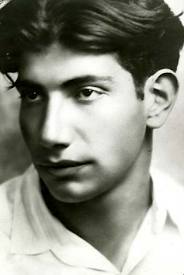
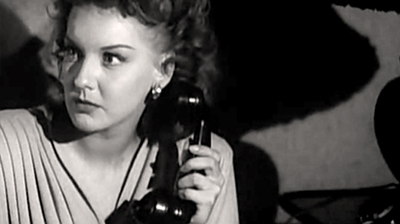
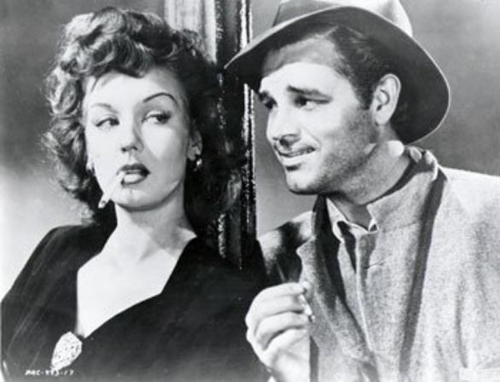
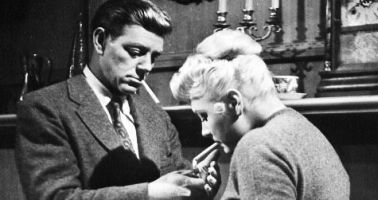





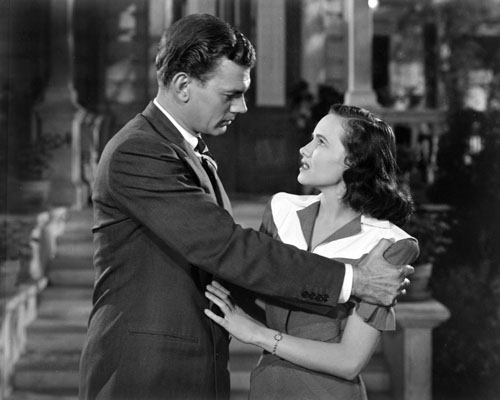
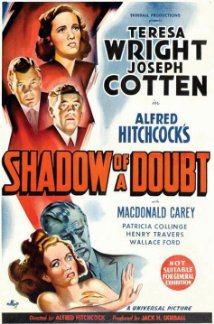
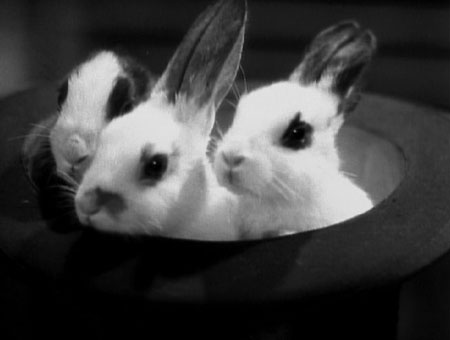
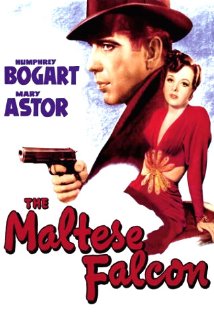
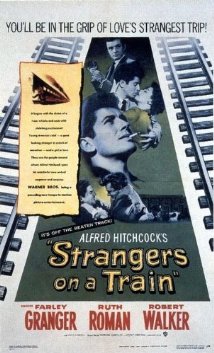
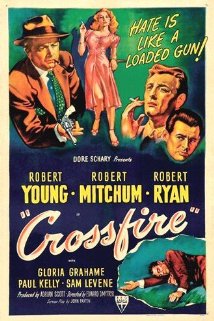
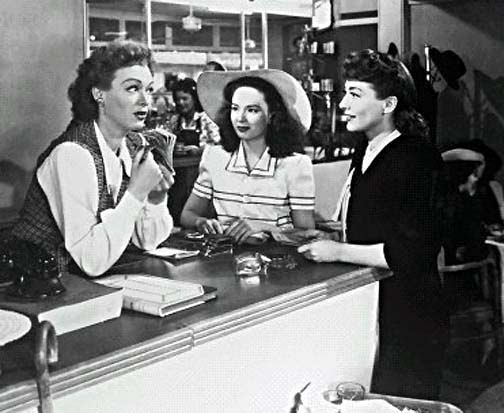

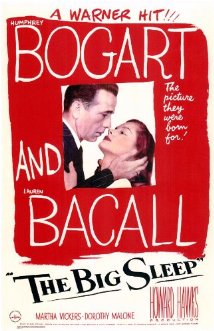
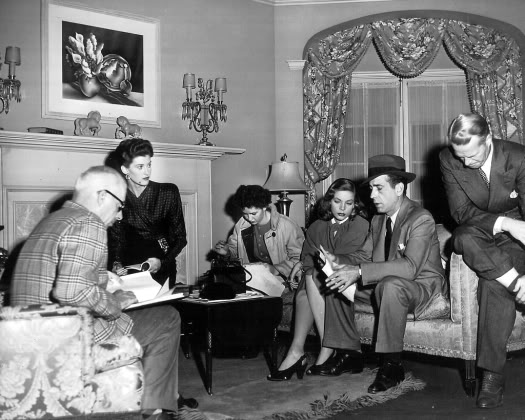

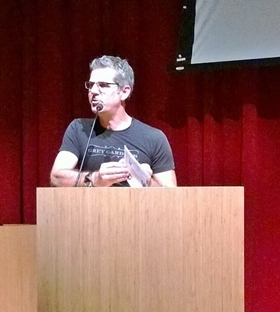
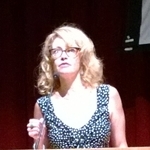
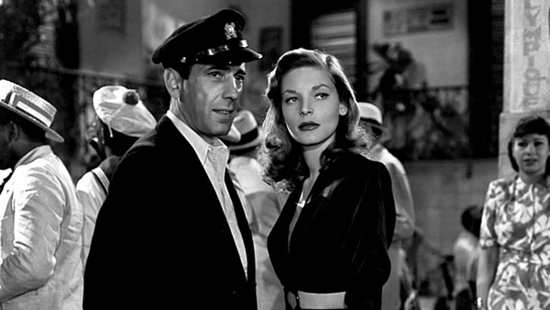
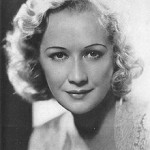
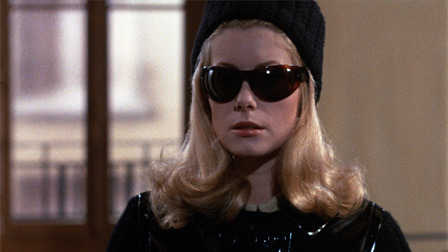


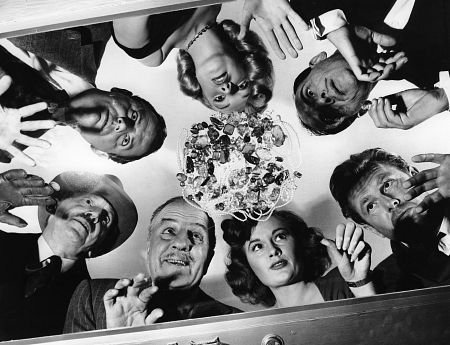
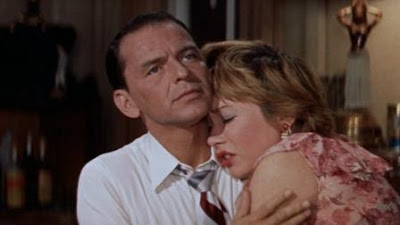
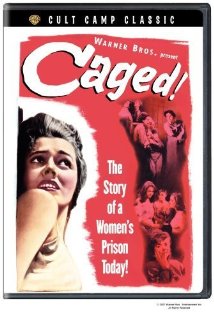





From FNB readers